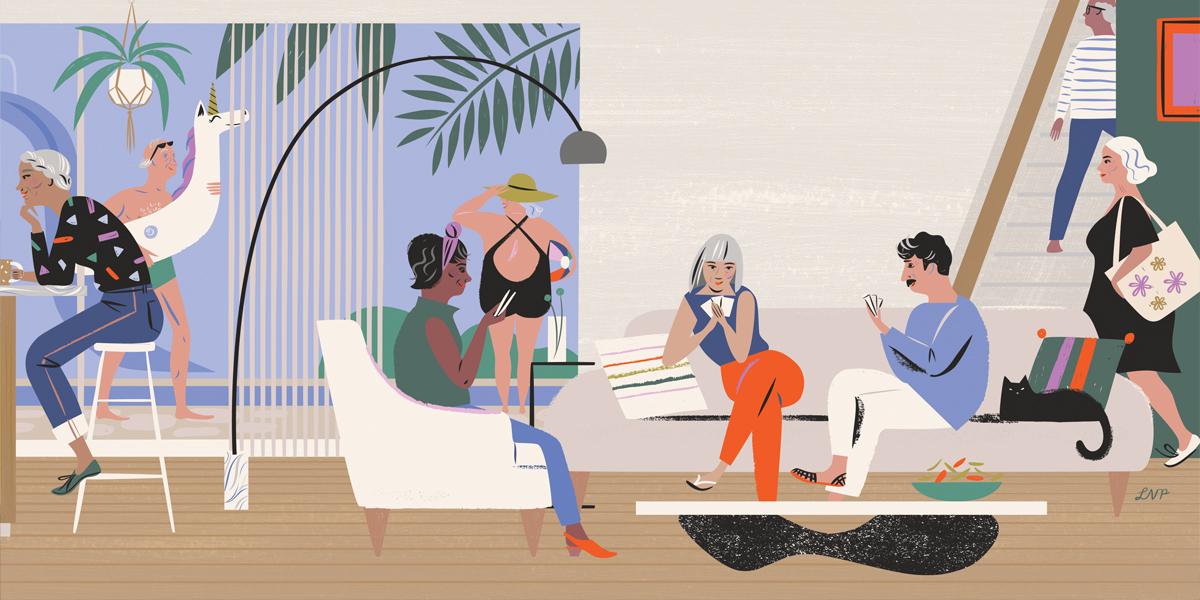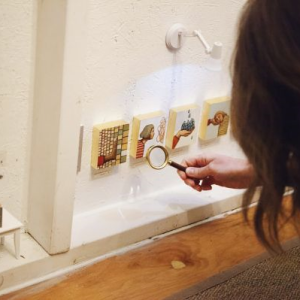The latest trend to come out of Denmark is cohousing: living with friends, family or other like-minded people. Journalist Fleur Baxmeier looks into how it works.
The trend of getting older with your friends is a worldwide phenomenon known as cohousing: sharing a neighborhood or building with shared facilities such as a relaxation room, a television room or a garden, for example. Denmark was the first country to experience this trend, and it quickly appeared to be so successful that other European countries and the US followed.
There are now places all over the world where the elderly can continue to live the way they prefer: independently, but surrounded by their friends, and if it becomes necessary, caregivers and help are within reach. Another example is the concept that Belgian artist Jan Ruyten came up with, the small-scale retirement community. It is the equivalent of a dormitory, but is for senior citizens who want to grow old with like-minded individuals. These are ‘normal’ houses or apartment buildings, preferably centrally located in a neighborhood that the residents are originally from. The five-to-seven residents each have their own living room, bedroom and bathroom, but share a kitchen, communal living room, hobby room, guest room and also often a garden. If the residents have reached the age where they need practical or other assistance, there is a network of volunteers available to help.
“It’s very smart to define how you want to live out your days this way; we really need to find different forms of accommodation,” says sociology professor Beate Volker, who studies social networks and relationships. “First of all, we are all living a lot longer; the current average life span is 80 or 90. This means that when you reach retirement age, you still have quite a bit of life yet to live. How are you going to spend this time? People don’t always have a partner, and children definitely won’t always live near their parents; in fact, people often tend to live closer to their friends than their family. This is the active part of their network, and this is where the focus lies now, much more so than it did in the past. It would seem obvious to think, ‘Shall we live together later on?’.
How to make it work:
- Before you consider buying a house with other people, go on a long vacation together first. What is it like being around each other 24/7?
- Get people from different generations involved in your commune so you can stimulate, inspire and help each other.
- If you want to live with friends, being tolerant and flexible always helps. Is this how you see yourself? And what about your friends?
*Read the full story ‘We’re in this together’ in Issue 33.
Text Fleur Baxmeier Illustrations Libby VanderPloeg













